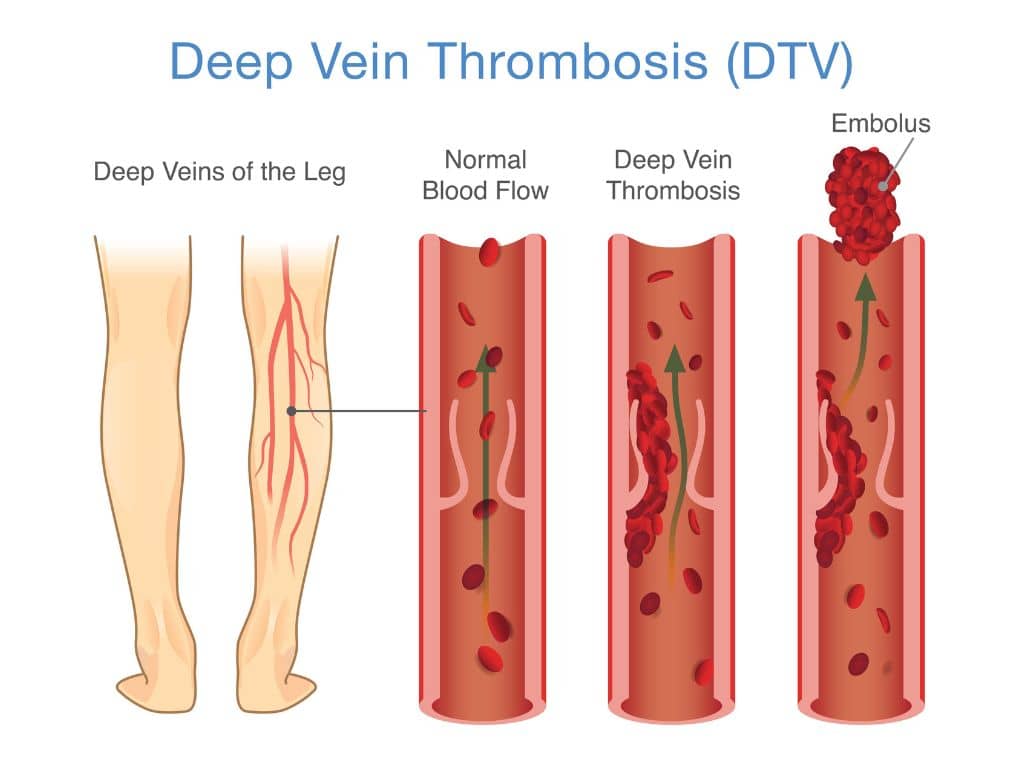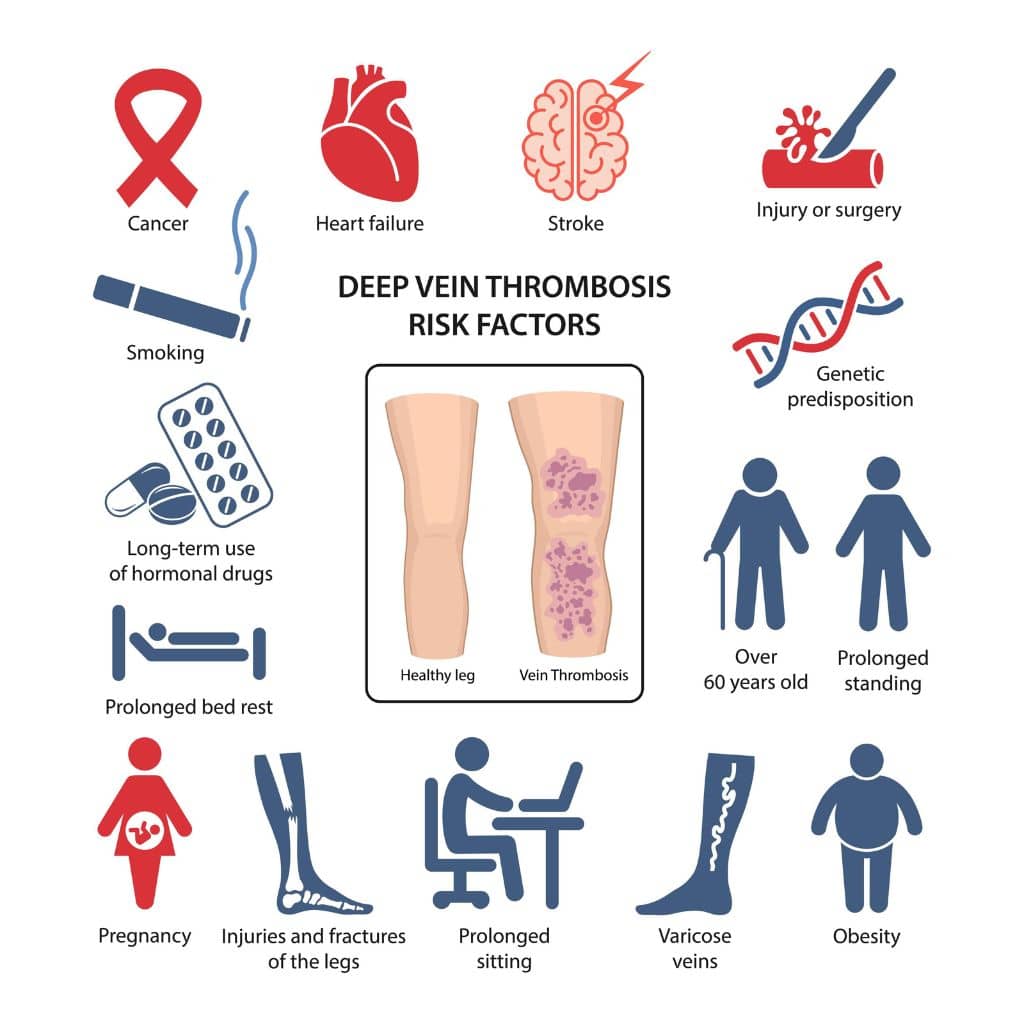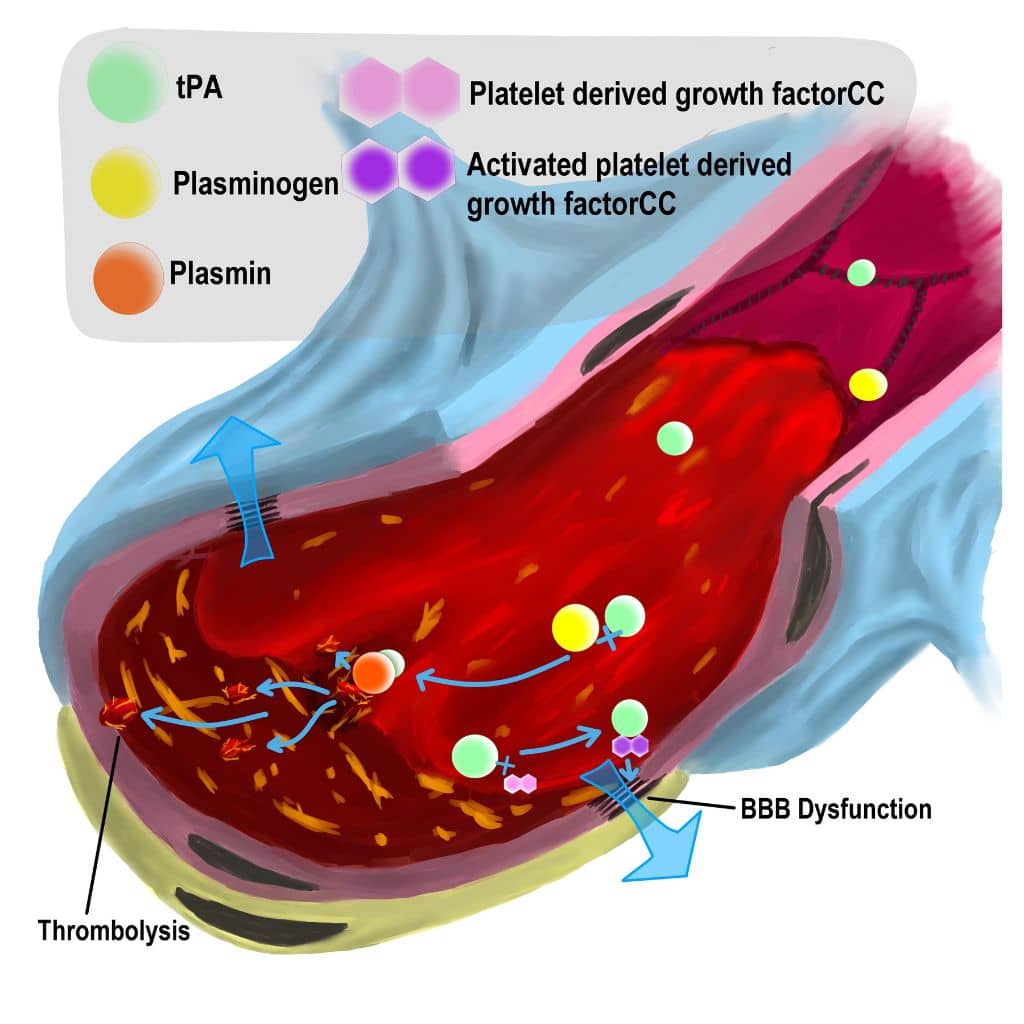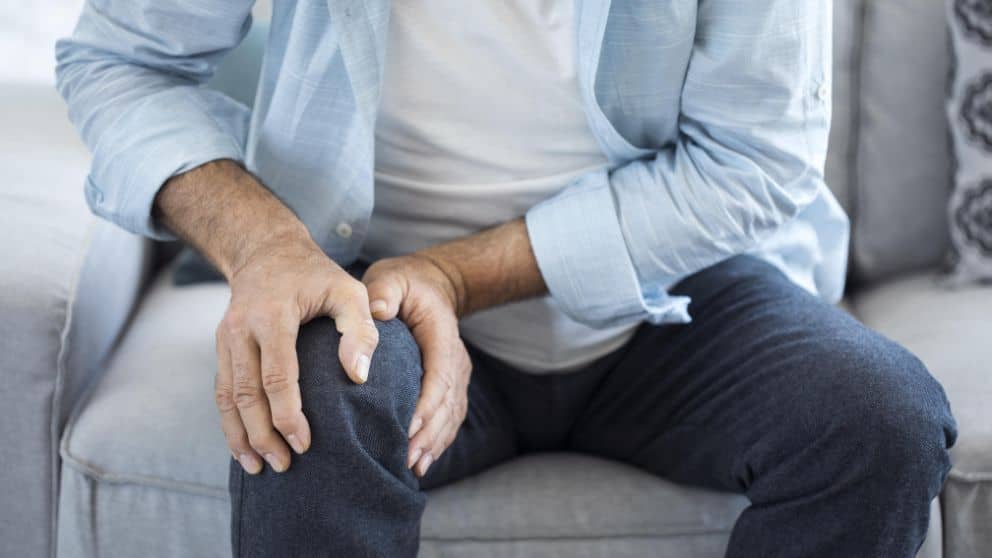Veins help circulate blood in the body bringing blood back to the heart. They can become susceptible to specific health problems as we age. Studies show that one in 3 Americans aged 45 and older has a venous disease
Table of Contents
ToggleWhat are Deep Veins?
Veins can be either superficial or deep. Superficial veins are smaller and close to the surface and may more frequently develop blood clots which can become infected and course thrombophlebitis.
Deep veins, as the name suggests, are deeper and larger. Deep veins nearly always run neck to an artery.

In the neck the deep veins are the internal jugular veins.
In the upper limbs the deep veins have the:
- Brachial vein
- Axillary vein
- Subclavian vein
In the abdomen and pelvis the deep veins include:
- Inferior vena cava
- Hepatic veins
- Renal veins
In the lower limbs the deep veins include:
- Common femoral vein
- Femoral vein
- Profunda femoris vein
- Popliteal vein
- Peroneal vein
- Anterior tibial vein
- Posterior tibial vein
Occlusion of a deep vein can be dangerous. Occlusion of a deep vein by a clot (thrombosis) is called deep vein thrombosis. Should this deep vein thrombosis move it can travel to the lung and cause a possibly fatal pulmonary embolus (blockage of the pulmonary arteries). Pulmonary embolus can be a clot (the thrombosis) that stops the old, deoxygenated blood from entering the lungs and becoming and oxygenated. This sudden blockage can also put strain on the heart and lead to death.
When vein thrombosis and pulmonary embolism occurred together it is called venous thromboembolism.
What Causes Deep Vein Thrombosis?
Some of the risk factors for clot (thrombosis) developing in a deep vein include
- Not moving for a long period of time (in an airplane, after surgery, being bedbound)
- Slow blood flow through a vein
- Cancer
- Inherited blood disorder
- Smoking
- Heart failure
- Pregnancy
- Long-term hormonal medication
- Obesity
- Infection

The medical staff at imaging and interventional specialists are experts in investigating and treating deep vein thrombosis.
What are the Symptoms of a DVT?
The signs and symptoms of a DVT include:
- Swelling in the affected leg (or arm)
- Pain in your leg, often starting in the calf, feeling like soreness or cramping
- Red or discolored skin
- Warm feeling in the affected limb
Since DVT can move and cause a potentially life-treatening pulmonary embolism should you have the symptoms seek prompt medical attention.

What are the Symptoms of a Pulmonary Embolism?
If the clot (the thrombosis) in the limb travels to the lungs ir can cause a blockage in the pulmonary artery (called a pulmonary embolism). The signs and symptoms of a pulmonary embolism (PE) include:
- Sudden shortness of breath
- Chest pain or discomfort worsening with a deep breath
- Feeling lightheaded or dizzy
- Rapid pulse
- Rapid breathing
- Coughing blood
Since a pulmonary embolism is a potentially life-threatening emergency treatment should be sought immediately.
What are Treatments for DVT?
DVT is most often treated with anticoagulants also called “blood thinners”. They prevent blood clots from getting bigger. Since the blood clot can damage your vein, often clot busting, catheter directed treatment is recommended. Situations that call for clot busting, catheter directed thrombolysis include:
- Large clots that cause pain, circulation problems and swelling
- High risk for pulmonary embolism
- DVT in the arm:
These clot busting procedures usually performed in the hospital by Imaging and Interventional Specialists.
To prevent a deep vein thrombosis from moving into the pulmonary arteries and causing a pulmonary embolism an inferior or superior vena cava (IVC or SVC) filter may be needed. Also, if you have contraindications to taking anticoagulants or if anticoagulants cause some problems an IVC or SVC filter may be recommended. This procedure is usually a relatively quick clinic procedure.

Imaging & Interventional Specialists – Your Non-surgical DVT Solution
Imaging & Interventional Specialists are experienced and successful in dealing with deep vein thrombosis. The types of treatments our physicians can do include:
- In the hospital clot busting, catheter directed thrombolysis with or without venoplasty (using a balloon to push the clot to the sides of the vessel)
- In the hospital mechanical thrombectomy sucking the clot out of the vein with or without venoplasty
- In the clinic, IVC or SVC filter placement
If needed some of the structural issues causing DVT can be addressed:
- Venous stenosis: Including SVC syndrome, May Thurner treated with venoplasty plus/minus stenting
Imaging & Interventional Specialists will determine which treatment pathway will be best for you.
Imaging & Interventional Specialists Will Determine Which Treatment Pathway Will Be Best for You
The Imaging & Interventional Specialist team will obtain your medical history, perform a physical exam, review imaging and medications, to determine whether you have a deep vein thrombosis, whether it is safe for you to take anticoagulants, and whether clot busting catheter directed treatment is needed or whether you need an SVC or IVC filter. If needed we will obtain other lab tests, imaging studies including ultrasounds and MRIs andnconsult with your other health providers to develop a customized treatment plan.


